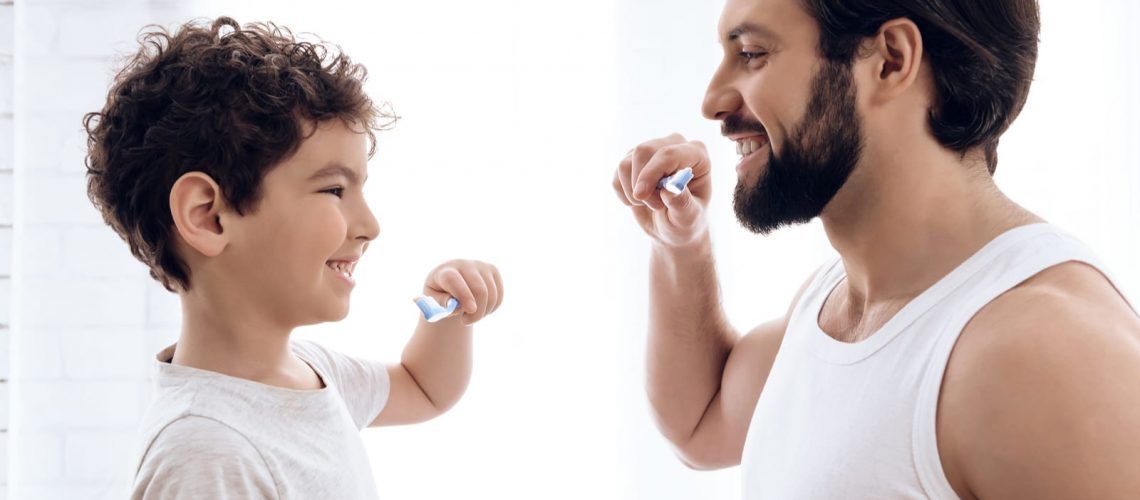Every year parents, dentists, and researchers alike are searching for the holy grail of dentistry, a way to end cavities forever. Our regular hygiene practices of brushing twice a day, followed by flossing, and using mouthwash are the best weapons in our arsenal against decay. Combine these practices with regular visits to our dentist, and we’re about as secure as dental technology can make us. That truth may be about to change, thanks to research performed by Dr. Russel Pesavento.
92% of all adults develop cavities by age 64
The Origin Of Cavities
Most of us know the simple details of how cavities occur. We eat foods or imbibe beverages rich in sugar or acid and fail to maintain good dental hygiene practices. But this is just the basics of the cause, not the actual details of how they form. Tooth decay can be the result of poor hygiene, but it can also happen due to overbrushing or genetically weak enamel. Behind all of this is the real culprit, the bacteria responsible for producing the plaque, tartar, and acid that wears away at our teeth. Dental hygiene is just our defense against this enemy, but it can’t eliminate it completely. The formation of cavities by these entities follows the below pattern:
- White spots develop on the enamel due to acid damage
- The spots continue to darken as enamel falls away and the dentin becomes exposed
- Beneath the enamel, the dentin gets compromised, pain, and sensitivity result.
- Bacteria enter the pulp, causing inflammation, infection, and significant pain.
- Finally, an abscess forms near the base of the tooth, and a root canal treatment becomes needed.
These stages all come from the same process, uninhibited decay caused by plaque and tartar that’s been uncontrolled. In the beginning, it’s possible to take steps to arrest the progress of decay, but once the enamel is breached, it becomes necessary to involve your dental practitioner. Without care, the tooth will either fall out or need to be extracted. It’s even possible that the infection will transfer to the bloodstream resulting in a life-threatening condition.
Our mouths are a vibrant ecology of 700 bacteria species, both helpful and harmful
The Potential End To Bacterial Decay
If you think that eliminating tooth decay is as simple as getting rid of the responsible bacteria, you’d be right. The problem is that no method exists for doing so that won’t damage the helpful microfauna that lives in our mouths. Doing so would potentially create more problems than it solves. Recent research coming out of the efforts of Dr. Russel Pesavento and his team have discovered the existence of a substance called ‘cerium oxide nanoparticle solution.’ Testing with this substance has revealed a unique property, the ability to eliminate 40% of the bacteria responsible for causing cavities without causing harm to healthy bacteria. While it’s not a complete elimination of the bacteria, it’s an important step towards a future free of dental decay.

